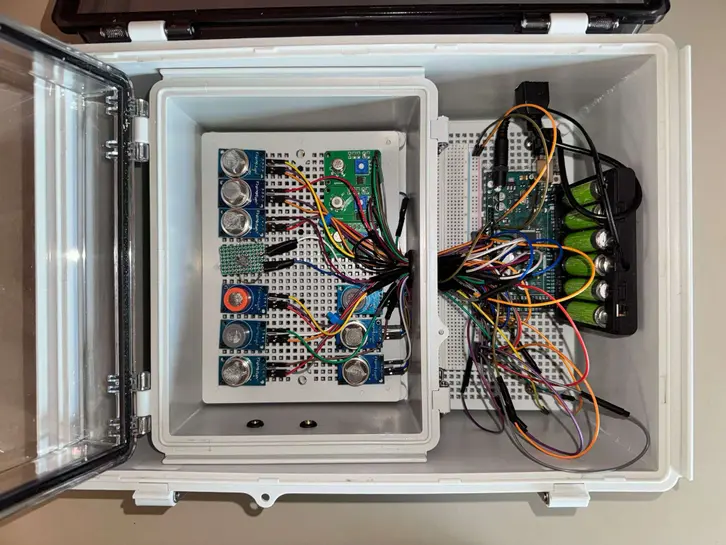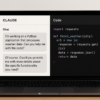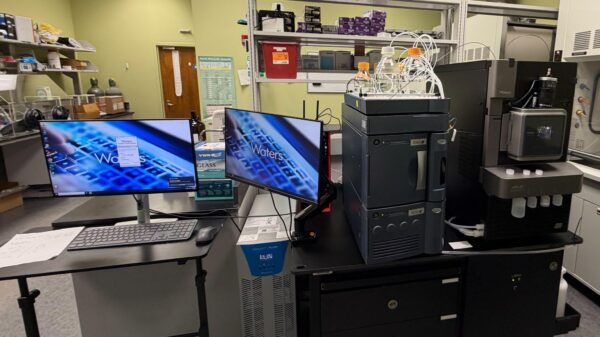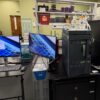A trio of high school students have harnessed their combined expertise to create a relatively inexpensive breath testing device for lung diseases.
They say they had the gadget tested on a group of 46 cancer patients at a hospital in India and that it demonstrated a 96.3 per cent rate of accuracy. The achievement came to light this week in an article from the American publication Patch.
“Lung cancer detection is an emerging field, and we wanted to explore a practical, low-cost solution,” said student Kavin Gobinath in an interview with the media outlet.
The machine costs a mere US$200 to make and they say it only takes five minutes to do its magic. Subjects breathe into a bag and it gets sent into the machine via a gas sampling pump. Data from the sample is then transferred to a computer where an AI model generates results.
Gobinath contributed his biology know-how for the tech creation endeavour, Krish Kowkuntla was the hardware expert and Dhruv Iyer led the charge with circuitry and AI knowledge.
Kowkuntla is also known for his interest in mathematics and artificial intelligence. He started an AI club at his school.
After initial success with it, the Irvington High School students are aiming to complete a more extensive, published study on the machine and seek to partner with biotech companies or others to commercialize it.
“We plan to conduct a more formal clinical study to validate the device more rigorously,” said Gobinath in a statement obtained by Patch.
A significant part of their inspiration came from the loss of Kowkuntla’s grandfather two years ago. The teen contemplated how early detection could have potentially given him more years. This gave him incentive to partner with the other two and get to work on making an efficacious screening tool.
Witnessing the impact of electronic nose devices and their applications in medicine also motivated them. These devices have proven their ability to detect patterns associated with lung cancer in certain cases, but they fall short because of their inability to identify and quantify specific volatile organic compounds (VOC).
Fortunately, one U.S. company has developed an advanced breath testing device for lung cancer and indications such as asthma and pneumonia that overcomes this flaw. OneBreath, created by Breath Diagnostics, stabilizes VOC biomarkers instantly in a microreactor and provides accurate results within 10 minutes.
Breath Diagnostics CEO Ivan Lo discussed the company’s technology, goals and financial incentives for OneBreath in an interview with the Inside Startup Investing Podcast last week.
Lung cancer is the number one cancer killer in the United States. This year, the disease is expected to take over 125,000 lives nationwide, according to data from the American Cancer Society.
Read more: Breath Diagnostics leaders promote their mission at Miami investment conference
Follow Rowan Dunne on LinkedIn
rowan@mugglehead.com














